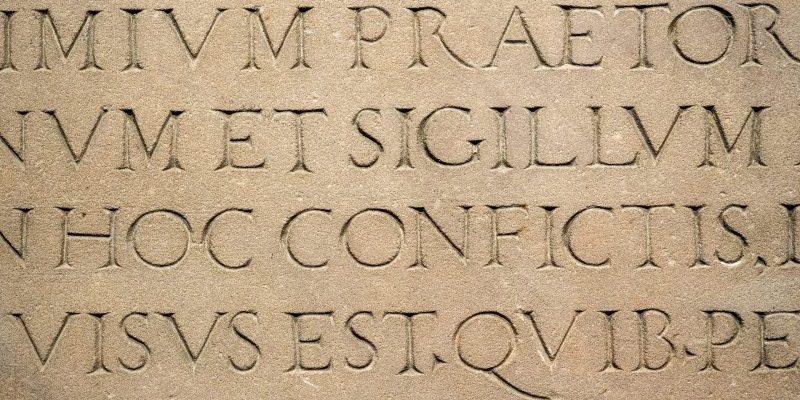
Latin vs. Arabic Alphabet: Key Differences
Learning a new language is exciting — but when the writing system is unfamiliar, it can feel overwhelming. For English-speaking students, languages that use a different alphabet than Latin, such as Arabic or Hindi, can be especially challenging at first. However, understanding the key differences between these alphabets can help learners and educators navigate this journey more confidently.
This post breaks down the essential differences between the Latin and Arabic alphabets, including how they affect language learning, teaching, and everyday use.
What Are the Latin and Arabic Alphabets?
-
Latin alphabet is used in English, Spanish, French, and many other languages. It’s written from left to right, uses uppercase and lowercase letters, and letters remain visually consistent regardless of their position in a word.
-
Arabic alphabet belongs to the Semitic language family and is written right to left. Arabic letters change shape depending on their position in a word—initial, medial, final, or isolated. The Arabic script does not have uppercase or lowercase forms.

Key Structural Differences
Writing Direction and Letter Forms
-
Latin: Left to right, fixed letter shapes
-
Arabic: Right to left, letters connect and change form
Language Sample Comparison
| English (Latin Alphabet) | Arabic (Arabic Alphabet) | Pronunciation/Meaning |
|---|---|---|
| House | بيت | bayt (house) |
| Book | كتاب | kitaab (book) |
| Sun | شمس | shams (sun) |
| Water | ماء | maa’ (water) |
Pedagogical Implications for Educators and Learners
Teaching Arabic requires different strategies compared to Latin-based languages. For example:
-
Letter shapes and joining rules mean students must learn multiple forms for each letter.
-
Vowels in Arabic are often omitted in writing, requiring learners to understand context and pronunciation guides.
-
Right-to-left reading direction affects how learners approach reading and writing exercises.
For students, mastering Arabic script takes consistent practice but opens up rich cultural and linguistic experiences. For educators, awareness of these challenges helps tailor effective instruction and support.
How Vowels and Consonants Work
-
Latin vowels: Short and long vowels, plus diphthongs (e.g., ae, oe). Vowel length can change word meaning.
-
Arabic vowels: Six main vowels; short vowels often indicated by diacritics that are sometimes omitted, adding complexity for learners.
Consonant clustering rules also differ: Arabic restricts certain consonant groupings to maintain flow and pronunciation.
FAQ: Common Questions About Latin and Arabic Alphabets
Q: Is Arabic harder to learn than Latin?
A: It depends on your background. Arabic’s script and phonetics differ significantly from Latin, which can be challenging, but with practice and guidance, it’s very learnable.
Q: How long does it take to learn the Arabic alphabet?
A: Many learners can recognize and write the Arabic alphabet in a few weeks with regular practice.
Q: Can I learn Arabic if I only know English?
A: Absolutely! Many English speakers successfully learn Arabic with the right resources and support.
Ready to Learn a Language with a Different Alphabet?
At LanguageBird, we offer personalized, 1:1 instruction with native-level teachers in Arabic, Latin-based languages, and over 20 others.
-
Students: Master Arabic script and conversation with tailored lessons designed for your goals.
-
Educators & Schools: Expand your curriculum with expert-supported language programs that address the unique challenges of non-Latin alphabets.
-
Parents: Give your child access to accredited, flexible language learning from home.
👉 Learn more or contact us for more information.





